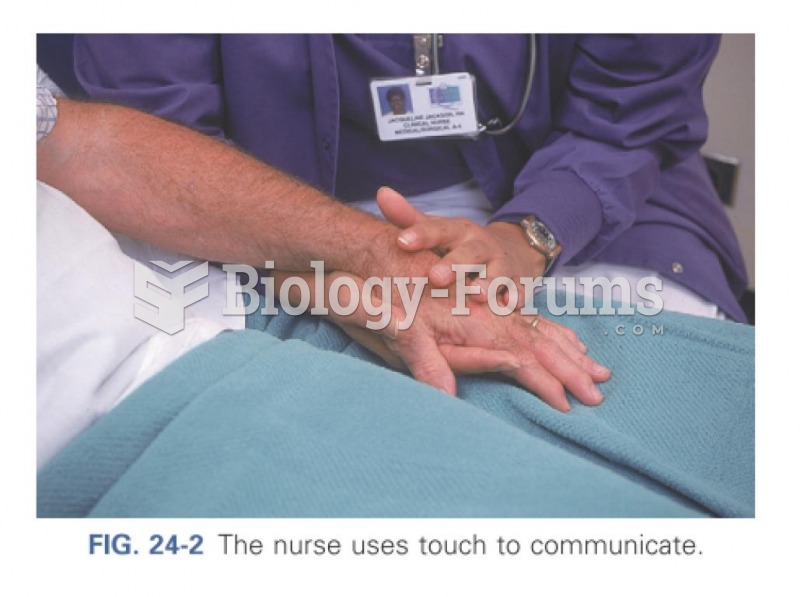Answer to Question 1
1, 2, 3, 4
Explanation: 1. The Joint Commission monograph is a roadmap for hospitals that provides checklists to improve effective communication during the admission process.
2. The Joint Commission monograph is a roadmap for hospitals that provides checklists to improve effective communication during the assessment process.
3. The Joint Commission monograph is a roadmap for hospitals that provides checklists to improve effective communication during the treatment process.
4. The Joint Commission monograph is a roadmap for hospitals that provides checklists to improve effective communication during the discharge process.
5. The Joint Commission identifies adapting to diversity as a way to demonstrate cultural competency, but not as a specific checklist to improve communication with individuals from different cultures.
Answer to Question 2
1, 2
Explanation: 1. Healthcare organizations should implement strategies to recruit a diverse staff that are representatives of the demographic characteristic of the service area.
2. Healthcare organizations should implement strategies to promote a diverse staff that are representatives of the demographic characteristic of the service area.
3. Providing language assistance services does not ensure that staff represents the demographic characteristics of the service area. This action ensures that communication can be made with the patients from the different cultural groups.
4. Posting signage in the languages of the different groups does not ensure the staff represents demographic characteristics of the service area. This action ensures communication can be done with patients from different cultural groups.
5. Incorporating internal audits for culturally appropriate services does not ensure the staff represents demographic characteristics of the service area. This action is a step when structuring culturally competent care.






